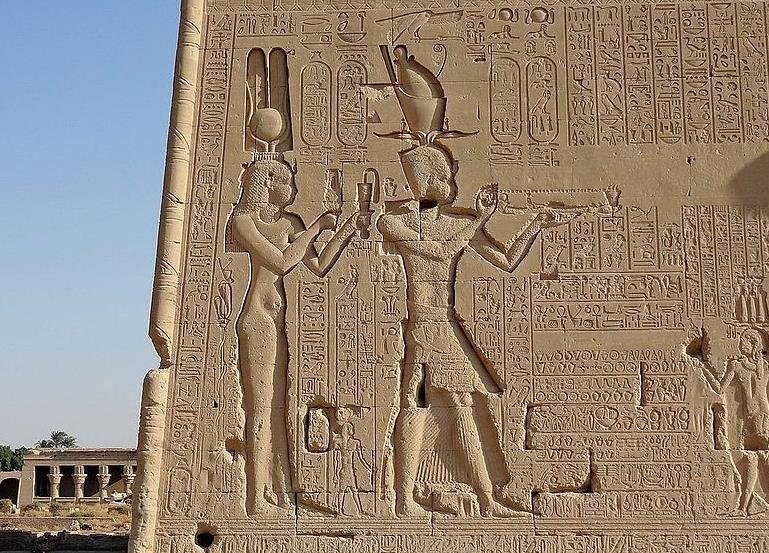Archaeologists searching for the tomb of Cleopatra, the Greek queen of ancient Egypt, have made a new discovery that could lead them to the elusive burial site. They have found a tunnel under the Taposiris Magna temple, which they believe is connected to the temple’s main structure and the Mediterranean Sea.
The tunnel, which is 1,300 meters long and 13 meters deep, was discovered by a joint team of archaeologists from Egypt and the Dominican Republic, led by Dr. Kathleen Martinez. The team has been excavating the temple since 2005, hoping to find the tomb of Cleopatra and her lover, Mark Antony, who committed suicide after their defeat by the Roman general Octavian in 30 BC.
The tunnel is considered a “geometric miracle” by the team, as it resembles the Tunnel of Eupalinos on the Greek island of Samos, which was built in the 6th century BC and is one of the oldest known tunnels in history. The tunnel also has several chambers and niches, which could contain clues or artifacts related to Cleopatra and Mark Antony.
The team believes that the tunnel was used as a processional avenue for the priests and the pharaohs, who would enter the temple from the sea and perform rituals and ceremonies. They also think that the tunnel could lead to a hidden chamber or a crypt, where the royal couple could be buried.

The Temple and Its History
The Taposiris Magna temple, which means “great tomb of Osiris”, is located about 45 kilometers west of Alexandria, the capital of the Ptolemaic dynasty that ruled Egypt from 305 to 30 BC. The temple was built by Ptolemy II Philadelphus in the 3rd century BC, and was dedicated to Osiris, the god of the underworld, and Isis, his wife and sister.
The temple was chosen by Dr. Martinez as the most likely location for Cleopatra’s tomb, based on several clues and evidence. She argued that Cleopatra, who claimed to be the reincarnation of Isis, would have wanted to be buried in a temple dedicated to her patron goddess. She also pointed out that the temple had a large lighthouse, similar to the famous Pharos of Alexandria, which could have served as a landmark for Cleopatra and Mark Antony.
The team has found many artifacts and remains that support their theory, such as coins, statues, inscriptions, and mummies that bear the images or names of Cleopatra and Mark Antony. They have also found a cemetery with Greco-Roman style tombs, which could indicate the presence of a royal burial nearby.
The Next Steps and the Challenges
The team plans to continue their exploration of the tunnel and the temple, using advanced technologies and equipment, such as underwater cameras, sonar, and radar. They hope to find more clues or evidence that could confirm or deny their hypothesis about Cleopatra’s tomb.
However, the team faces many challenges and difficulties, such as the lack of funding and resources, the complex and delicate nature of the excavation, and the impact of the COVID-19 pandemic on their work. They also have to deal with the skepticism and criticism of some experts and authorities, who doubt their claims or methods.
The team remains optimistic and determined, as they believe that they are close to solving one of the greatest mysteries of ancient history. They also hope that their discovery will shed more light on the life and legacy of Cleopatra, who was not only a powerful and influential ruler, but also a woman of culture, intelligence, and beauty.
